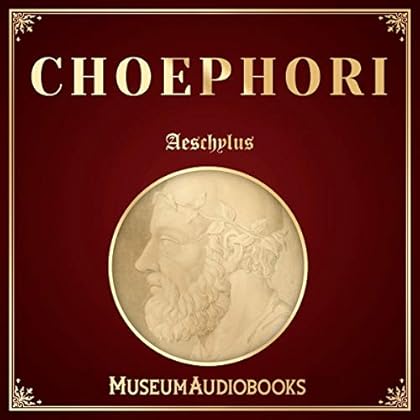Choephori
Category: Books,Arts & Photography,Performing Arts,Theater,Playwriting
Choephori Details
Choephori, or The Libation Bearers, is the second in the Oresteian trilogy on the House of Atreus, written by Aeschylus. It deals with the reunion of Agamemnon's children, Electra and Orestes, and their revenge upon their mother Clytemnestra for the murder of Agamemnon, which takes place in the first play, Agamemnon. The title refers to the chorus of libation bearers who supports and encourages Electra and Orestes in their quest for justice. The Oresteia is the only extant example of an ancient Greek theatre trilogy.

Reviews
(Note: for those who do not know: this edition is in ANCIENT GREEK and if you do not know that language, you may wish to buy a translation instead, such as Lattimore or Lloyd-Jones or Loeb Library's Smyth. This is not a translation but an edition of the text with a long and detailied commentary on said text.) This semester we read selected long passages from the entire "Oresteia" in Greek. We read a lot more than half of the entire trilogy, and for me, a second-year Greek student, the experience was very intense and pleasantly challenging. My head is still ringing from choruses that never leave roofs, making a song that is not good and with Pylades urging Orestes to make his horrible choice. I liked Garvie's "Choeporoi" much better than Denniston and Page's edition of the "Agamemnon" because Garvie's commentary is longer and more detailed (it is 8 times the length of the actual text, in smallish print) and Garvie has a more current poetic sensibility which does not dictate ONE POSSIBLE READING AND ONE ALONE for each line of poetry, unlike the older school. There is also an really fine section in the Introduction on pre-Aeschylean versions of the story of Orestes, including that of Stesichoros, and a section on staging, as well as complete metrical notes. Throughout the commentary are extensive and formidably learned references to other Greek literature for comparison and to a good array of secondary articles and commentaries. The bibliography is large. Overall the book is a very fine achievement and deserves great respect and broad usage.


